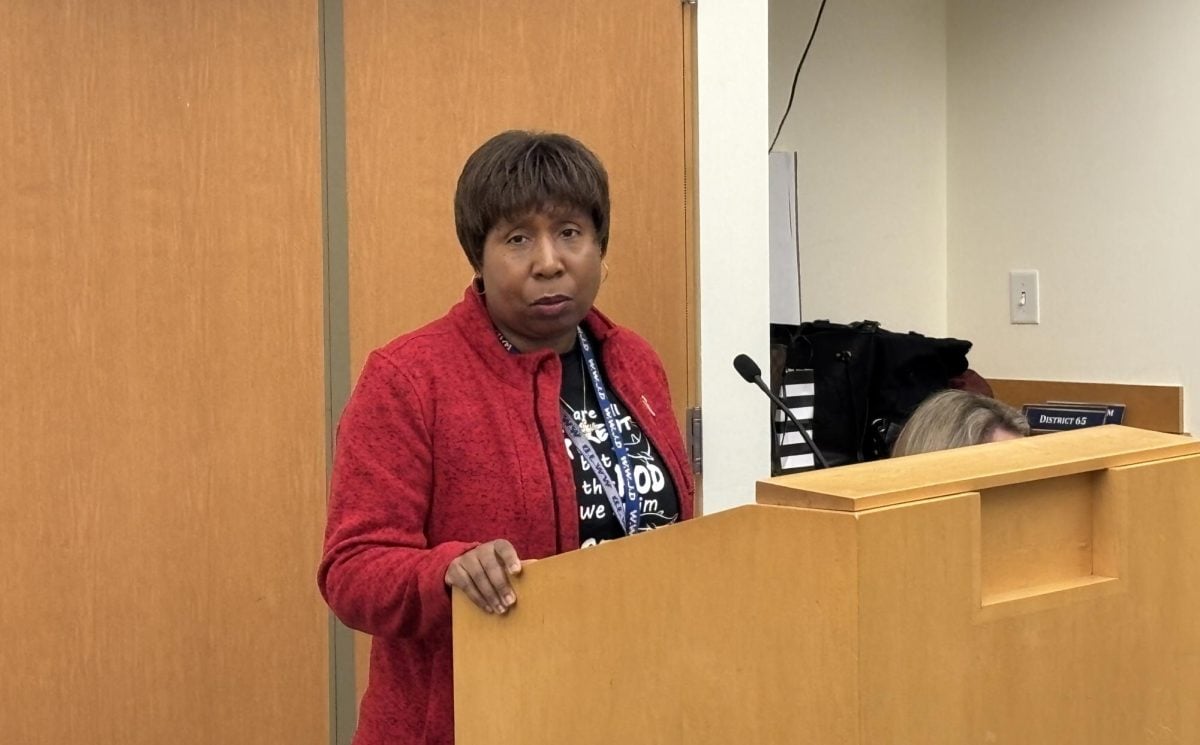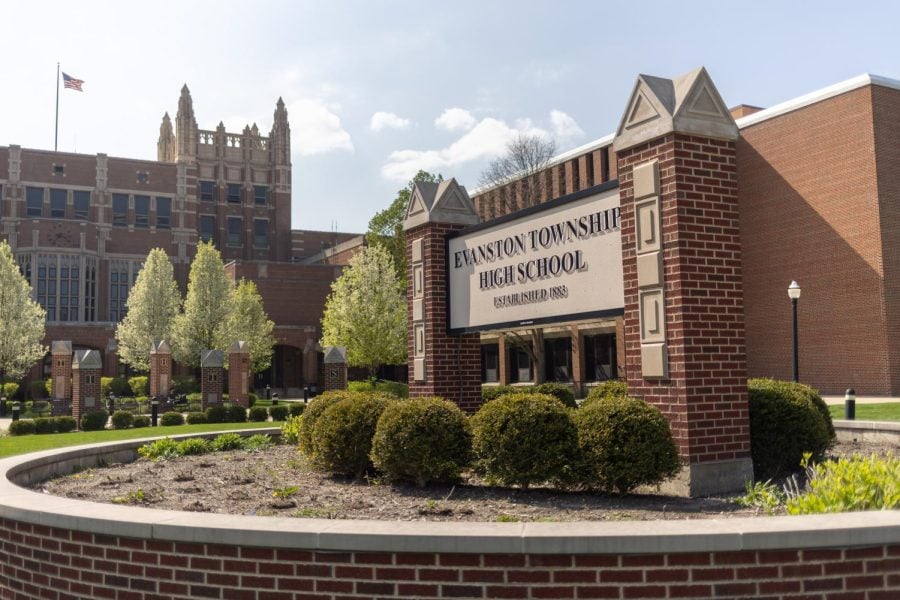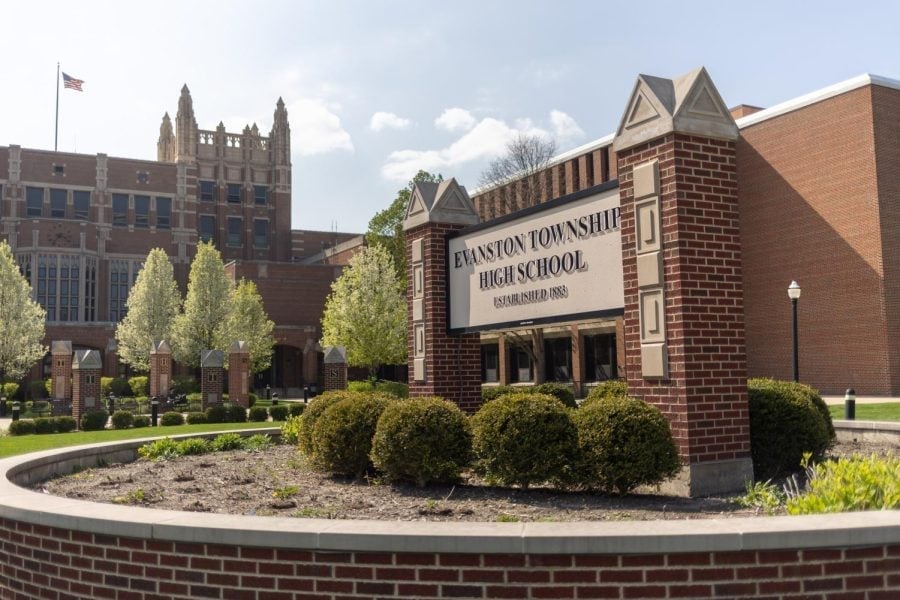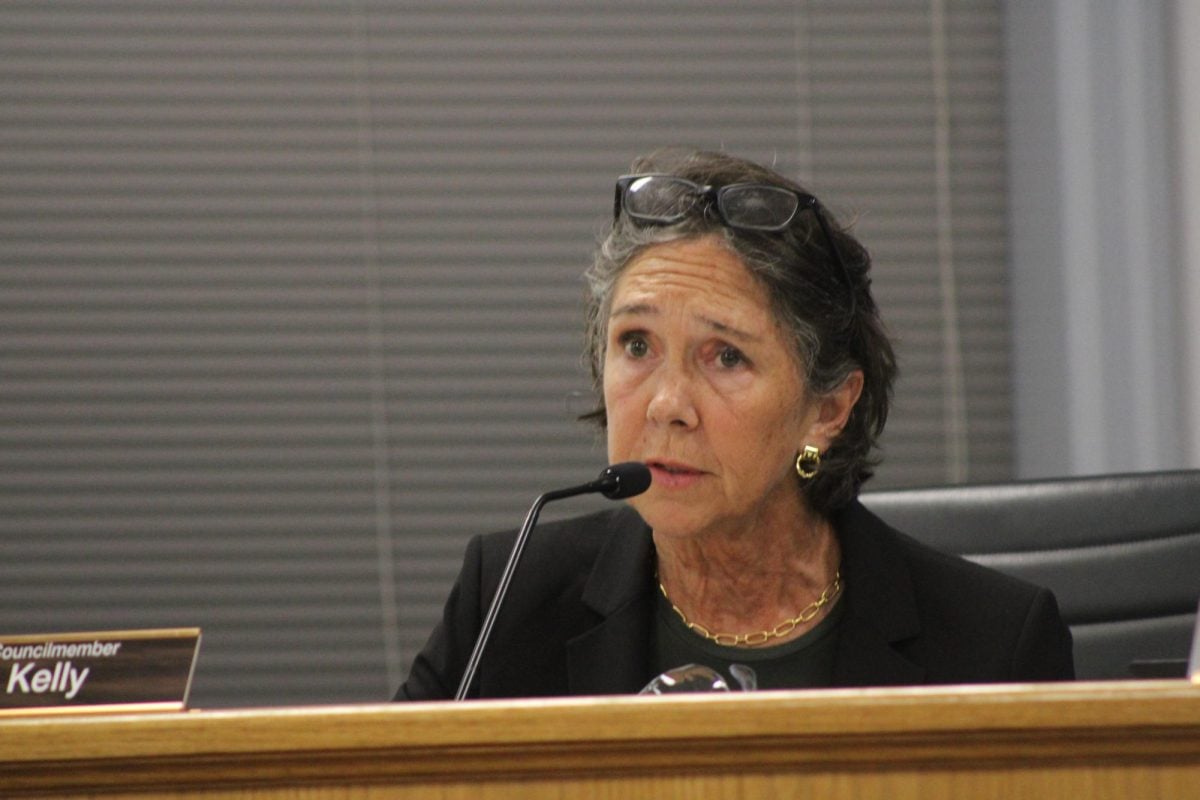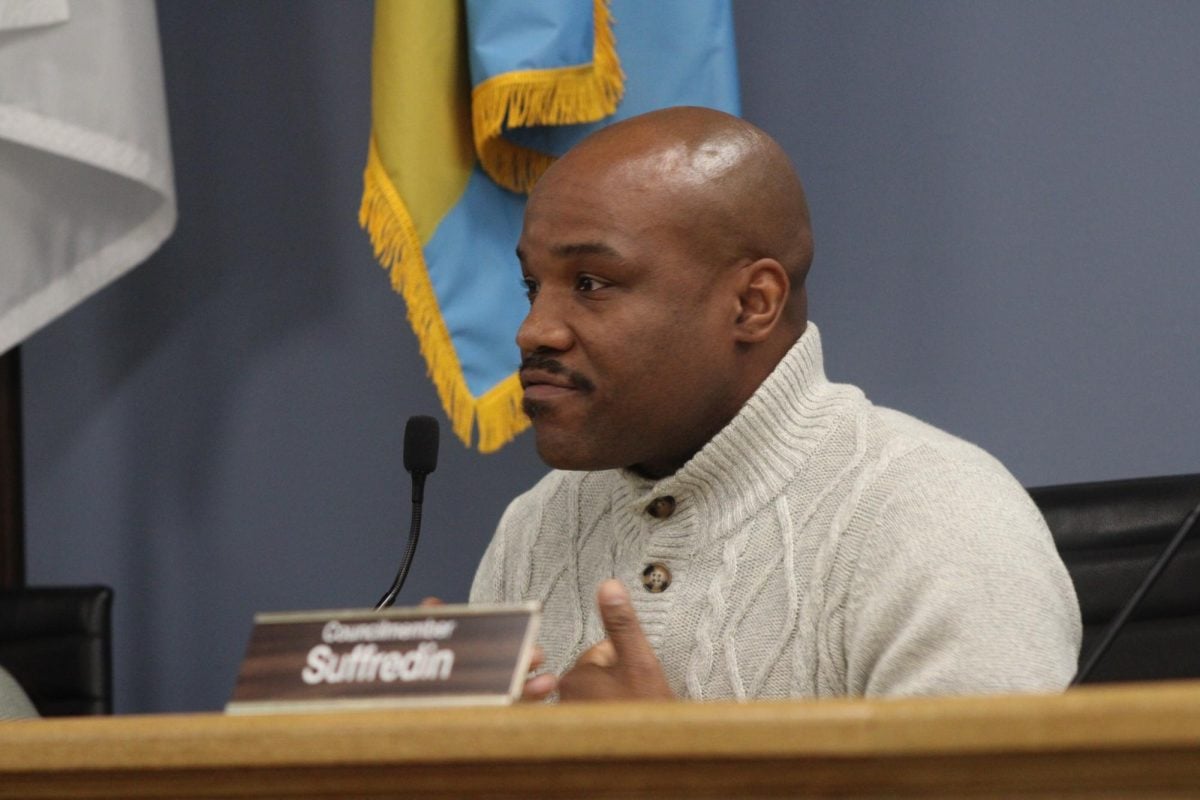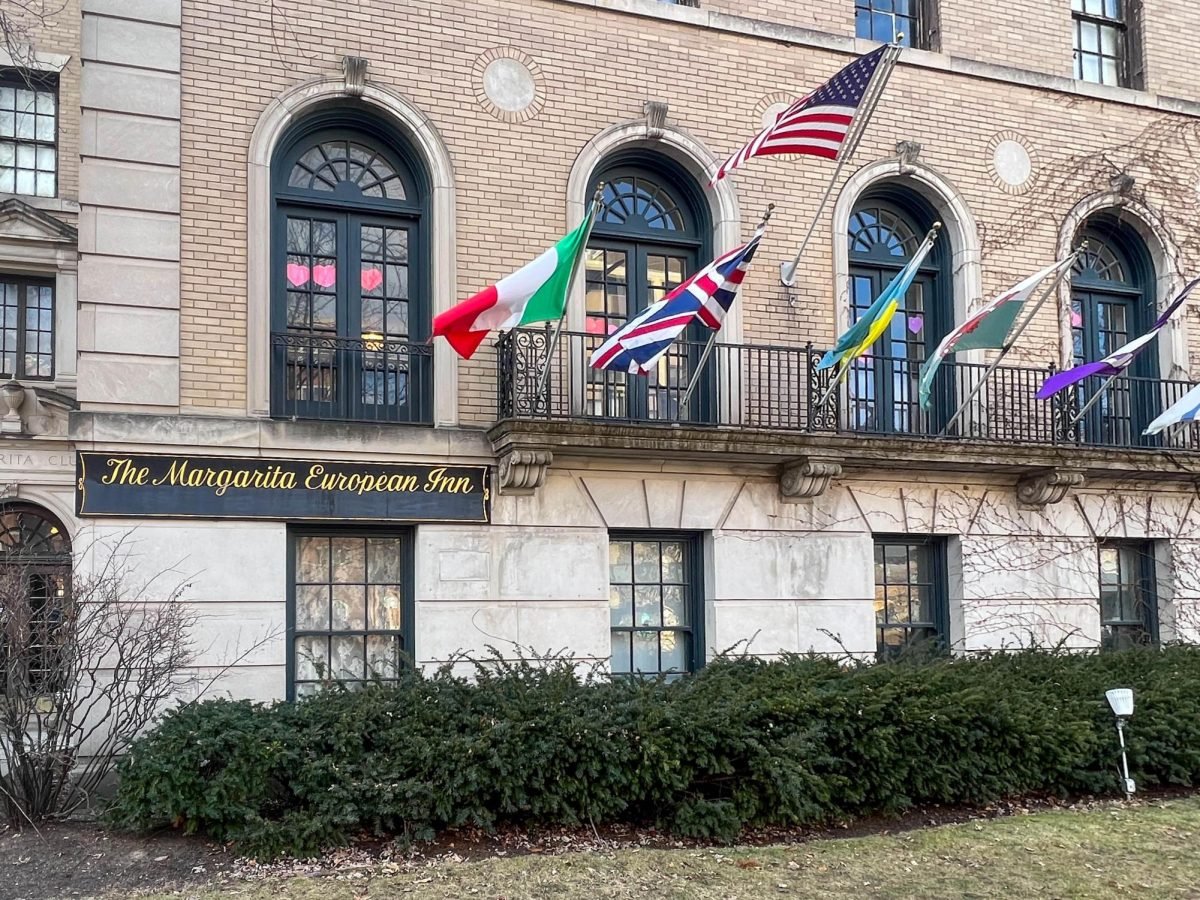
Despite a decrease in state funding, Evanston Township High School District 202 remains financially sound even as other school districts across Illinois face shaky financial futures.
Illinois State Board of Education chairman Gery Chico appeared before the Illinois Senate Appropriations Committee earlier this month to urge lawmakers to increase funding to Illinois public schools in the 2014 budget.
State funding has declined significantly over the last four years, ISBE spokeswoman Mary Fergus said. Funding for education has been cut by $861 million since fiscal year 2009, according to ISBE. These cuts include a 7 percent reduction in general state aid, the largest and most flexible state funding for schools, in addition to about a 40 percent reduction in transportation aid. Most programs have either seen reduced funding or have been totally eliminated, Fergus said.
Will Stafford, ETHS’ chief financial officer, said the school has seen reduced state education aid every year since 2009, forcing the district to reduce its budget in four of the last five years.
With less funding from the state, ETHS has focused on preventing budget cuts from affecting the classroom experience, Stafford said. The school has let go about 30 employees in the last five years, including teachers, administrators and operations workers. Recently, Stafford said, cuts have been on the operations side.
“We’re trying to do more with less,” Stafford said.
ETHS’s financial stability, however, is a unique case in Illinois. About two-thirds of school districts in the state have recently been spending more money than they’re taking in, Fergus said. Stafford said ETHS has maintained a balanced budget amidst financial difficulties.
“It’s really been a policy of the superintendent to live within our means,” he said.
Illinois ranks last of all 50 states in terms of funding to primary and secondary public education, according to the ISBE. Stafford estimated Illinois contributed about 5 percent of the school’s total funding, compared to 8 percent four years ago. The school currently receives 84 percent of its funding from local tax revenues and 4 percent from the federal government.
ETHS has also remained financially stable by cooperating with teachers, Stafford said. In May 2012, the school entered a four-year labor agreement with its teachers. This academic year, teachers took a salary freeze and will receive only small increases in the next few years.
“We haven’t had to cut educational programs because teachers have worked with us,” Stafford said.






